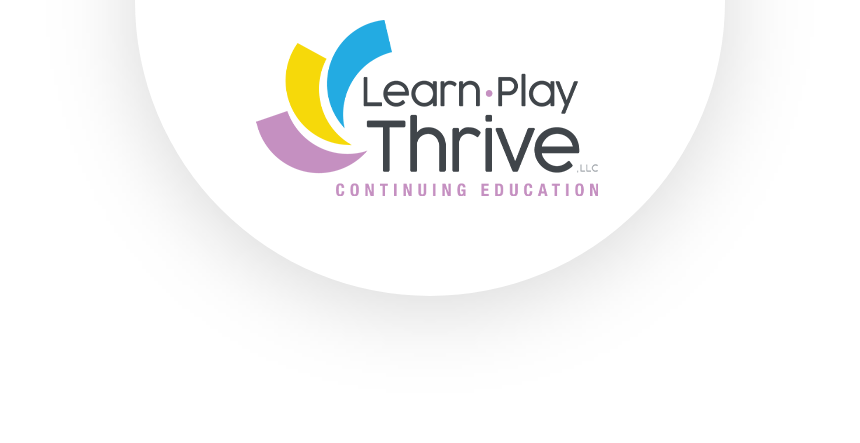We can’t address disability without addressing race.
Here’s why.

Guest post by Lydia X. Z. Brown, autistic attorney and disability justice advocate.
Like many autistic women and nonbinary people of color, I didn’t find out I was autistic until many years after the average white autistic man usually does in early childhood. I was 13 instead of 3, and that’s still actually quite early compared to many other autistic people of color. Some do not get diagnosed until late adulthood.
Students of color – especially Black, Brown, and Native students – are disproportionately over- and under-identified as disabled throughout their schooling. School systems administrators are quick to make spurious diagnoses of stigmatized and criminalized disabilities for students of color. They’re also far less likely to accurately identify learning and developmental disabilities when actually present in the same population.
Most people associate autism and ADD mainly or entirely with white boys, who in turn are seen in need of services and help. It’s a stark contrast to the consistent deprivation and denial of resources, suspicion of malingering or fraud, and open criminalization to which disabled students of color are consistently subjected.
I even remember when my family was trying to advocate for an IEP for me in eighth grade. The school’s psychologist amazingly insisted that I couldn’t actually be autistic – instead, because I was adopted transracially and transnationally, he believed that I had reactive attachment disorder and therefore did not qualify for services. Having now actually represented disabled students in their IEP processes as the attorney, I’m impressed by exactly how wrong both the school and its psychologist were. Even if an RAD diagnosis were my only accurate one, it would still be a qualifying disability. More than simply being wrong on the law though, this experience only emphasized and exemplified the complex forms of racism and ableism ubiquitous in popular culture regarding both adoption and autism.
These ableist and racist value systems, endemic and pervasive in society, lead to catastrophic consequences in far too many young people’s lives. The Department of Education’s annual civil rights data collection consistently shows that Black and Latinx disabled students face the highest rates of suspensions, expulsions, and in-school arrests compared to any other group. According to studies detailed in Spectrum News, autistic people are more likely than non-autistic people to experience anxiety, depression, substance abuse, and trauma – and to report severe bullying. Likewise, people of color also experience higher rates of trauma caused by “race-based stress,” or the mentally exhausting effects of encountering daily racism.
The students I worked with as a lawyer were all disabled and almost all Black. They were often suspended, expelled, and criminally charged for manufactured offenses and perceived noncompliance. One was charged with assault because of a friendly snowball fight. Another had probation revoked for violating a mandatory condition – school attendance – when they were late for class by two minutes, and knocking on the locked door led to a suspension for disrupting class. Another was sent to an alternative school (euphemism for a more overtly jail-like school) for defending themselves against a group of persistent bullies who repeatedly attacked them and even followed them home – and none of the bullies were punished. Another was functionally expelled after two years of racist harassment targeting both the student and parent. Another was forbidden from going to classes after a white woman therapist claimed he was masturbating in front of her when he fell asleep. And some school officials invariably treated all of their parents with the same contempt as they did the students themselves, sometimes even extending that contempt to me as well.
What many therapists – and others in what we like to call the “helping professions” – often don’t understand is that we need systemic, societal change much more than we need individual behavior “correction.” Today, many more clinicians understand that behavior is communication, but not enough do the extra work to understand the systemic, systematic, structural, and institutional oppression of racism and ableism that pervade disabled people of color’s entire lives. In an ideal world – one in which neither racism nor ableism exist anymore – many of us will still want and need supports and services that respect our autonomy and dignity. But in the process of making that world, we need people in the helping professions to explicitly and open align themselves against oppression and with marginalized and targeted communities. This starts with consistently believing disabled people of color about our own experiences and using their power, privilege, and resources to support the work we are already doing.
For three years, I led the team that published the first-ever anthology entirely by autistic people of color and otherwise negatively racialized autistic people. We published this book in 2017, more than a half century after the earliest discussions about neurodiversity as a concept. The anthology came into being because of the extreme dearth of resources by and for autistic people of color. We wanted the anthology to exist as an educational tool for our would-be allies, but more importantly, we wanted it to serve as a tangible and permanent piece of evidence for others like us to know that we exist. One year after publication, I was able to use a small grant to launch the Fund for Community Reparations for Autistic People of Color’s Interdependence, Survival, and Empowerment – a project many of us had envisioned for years to serve our community through direct mutual aid and redistribution of resources.
Our advocacy and community building work also take place within the same profoundly racist and ableist strictures as affect the rest of our lives. Although 61 different people’s work appears in the anthology, and the Fund has given out over $25,000 to hundreds of community members, we have been unable to secure institutional support for the anthology or any further grant money for the Fund. We rely almost entirely on an already disproportionately unemployed, under-employed, and precariously employed community to self-fund the Fund. And we witness continually the devastating impacts of compounded racism and ableism in grantees’ lives – autistic people of color who apply tell us about mounting medical bills, unpaid rent, court imposed fines, and inability to access food, clothing, or medication because of abusive parents, partners, and sometimes, medical providers. Many tell us that they have never received any support or assistance before of any kind, and never expected to.
The histories of ableism and racism are co-dependent and intertwined. Those histories inform and underly the inequities and injustices facing disabled people of color in both our individual lives and in our advocacy work. The definition of disability under global white supremacy is rooted in whiteness. Both disabledness and abledness are defined based on proximity to and approximation of whiteness as an idea. What that means is that to be defined as fully nondisabled requires being white – white disabled people’s disabilities detract from their whiteness, and disabled people of color’s disabilities accentuate our supposed inferiority and in-humanity due to race. And even people of color who are not disabled will be harmed by ableism because it is a value system about people’s bodily worth.
This is what I mean when I say that we cannot talk about disability honestly and fully without talking about race. I mean that forced sterilization still happens today, and has always relied on characterizing Black, Native, and Latinx women specifically as sexually promiscuous, criminal, and mentally defective. I mean that social workers and child “welfare” agencies still target Black, Native, and Latinx families for increased surveillance, and frequently rely on psychiatric diagnoses to justify removing children from their homes and institutionalizing them. I mean that in those very same systems, Black and Native parents are also less likely to be allowed to adopt children too – and that all of this takes place with the transnational and transracial adoption industry often functioning as a legal form of child trafficking. I mean that immigration rules that screen out people based on fear they will become “a public charge” (that is, use social services or receive public assistance) are rooted in historical white supremacy, anti-Blackness, and ableism. And I mean that even how most people talk about COVID-19 (and even Chinese restaurants) reveals racist, ableist beliefs about East Asian people as dirty, tainted, or contaminated.
We are long past the “diversity and inclusion” point. We do not want or need to be the extra diversity spice in overwhelmingly white, nondisabled spaces. We do not want or need to be included into oppressive systems. Sensitivity training does not help. Pipeline programs without critical analysis only uphold existing systems. The entire occupational therapy profession’s purpose and role must change. It is irresponsible and dangerous to proceed as if assisting disabled people can take place in a vacuum – everything that therapists, teachers, and other professionals do takes place in context. The profession must exist not merely to support individual autistic and other disabled people, but to align with our work to end the violent conditions that we contend with and make a better world possible and real.
For those excited about joining and supporting this work, here are a few resources just as starting points.
Organizations
Lydia is an attorney and a disability justice advocate who specifically focuses on violence against multiply-marginalized disabled people. Lydia teaches at Georgetown University’s Disability Studies Program, supports the Autistic Women & Nonbinary Network public policy advocacy, founded and directs the Fund for Community Reparations for Autistic People of Color’s Interdependence, Survival, and Empowerment, and co-edited All the Weight of Our Dreams, which is an anthology of writing and artwork by autistic people of color. They’re also Policy Counsel at the Center for Democracy and Technology. You can also hear Lydia’s interview on the Two Sides of the Spectrum podcast.



